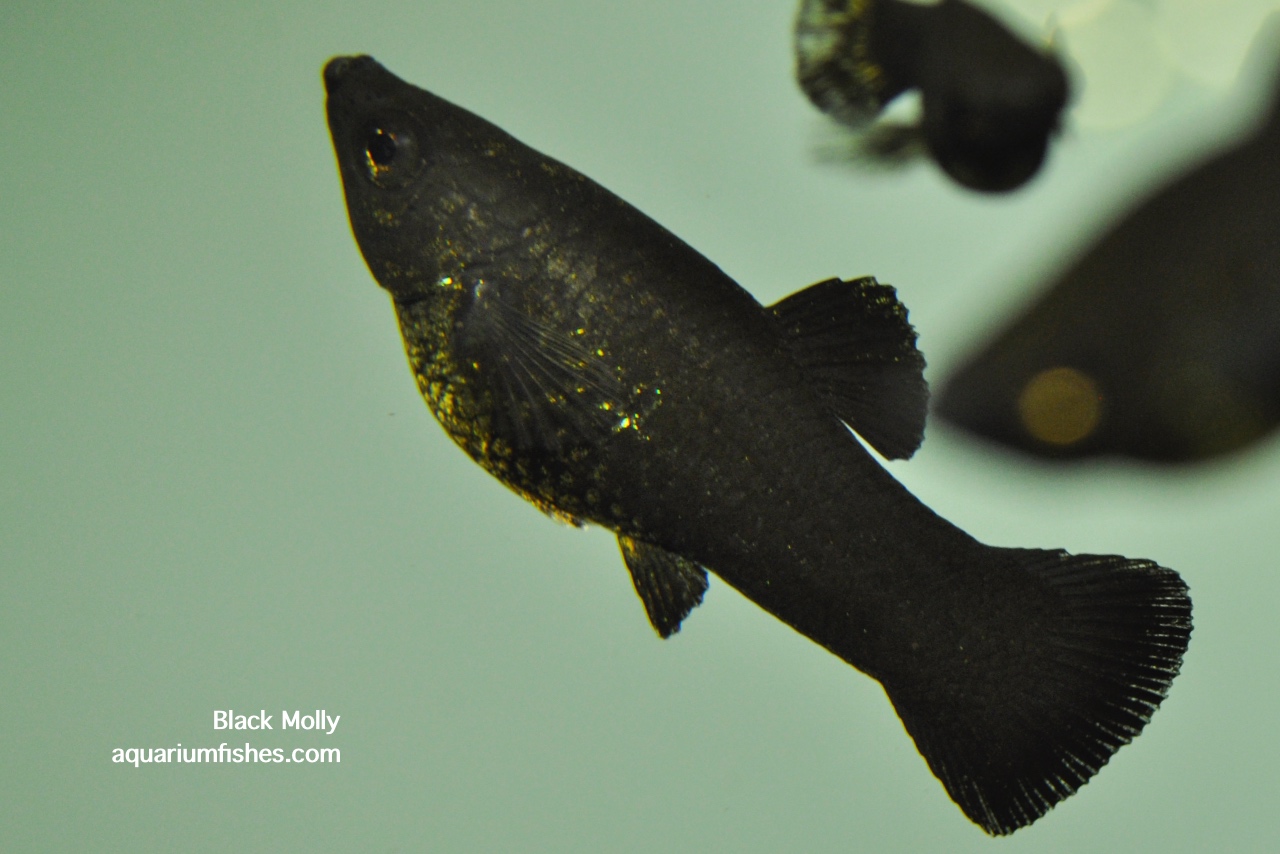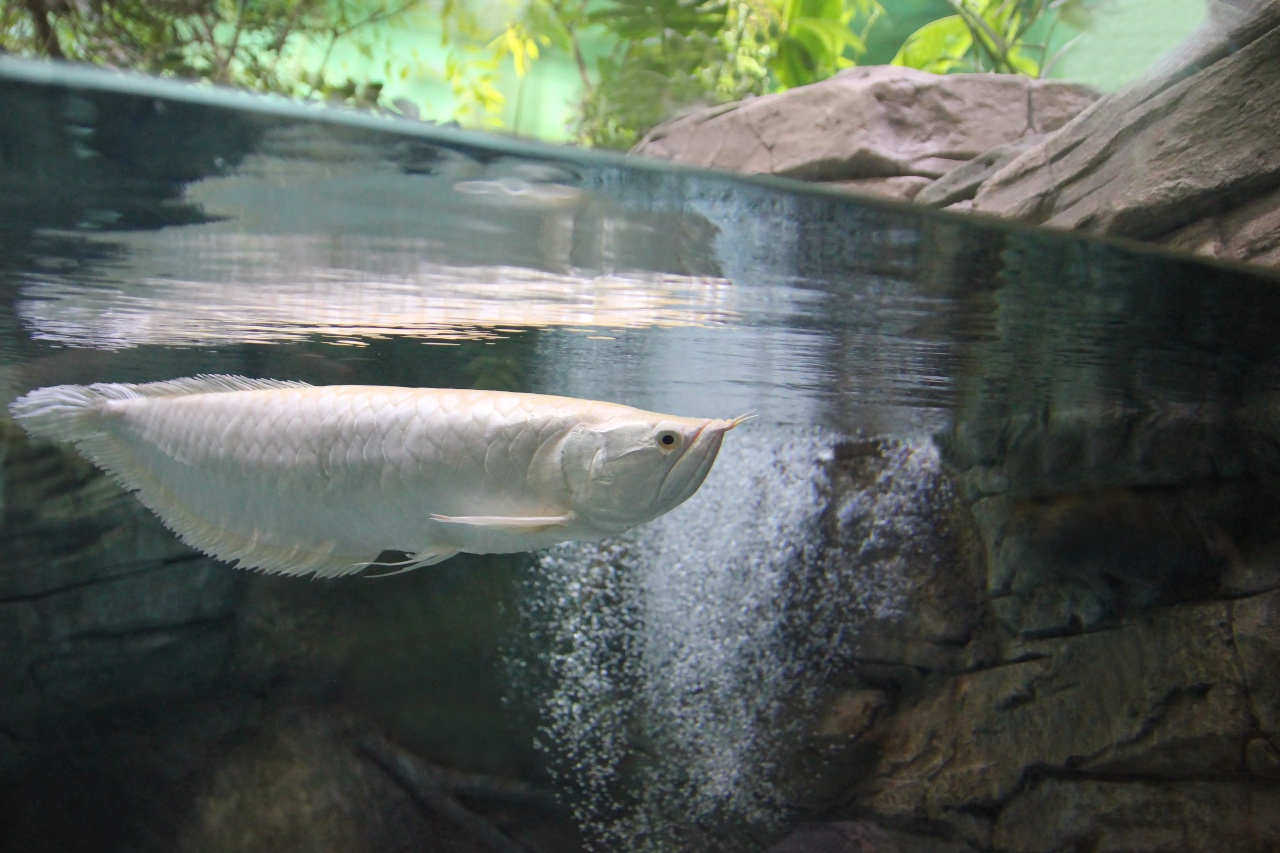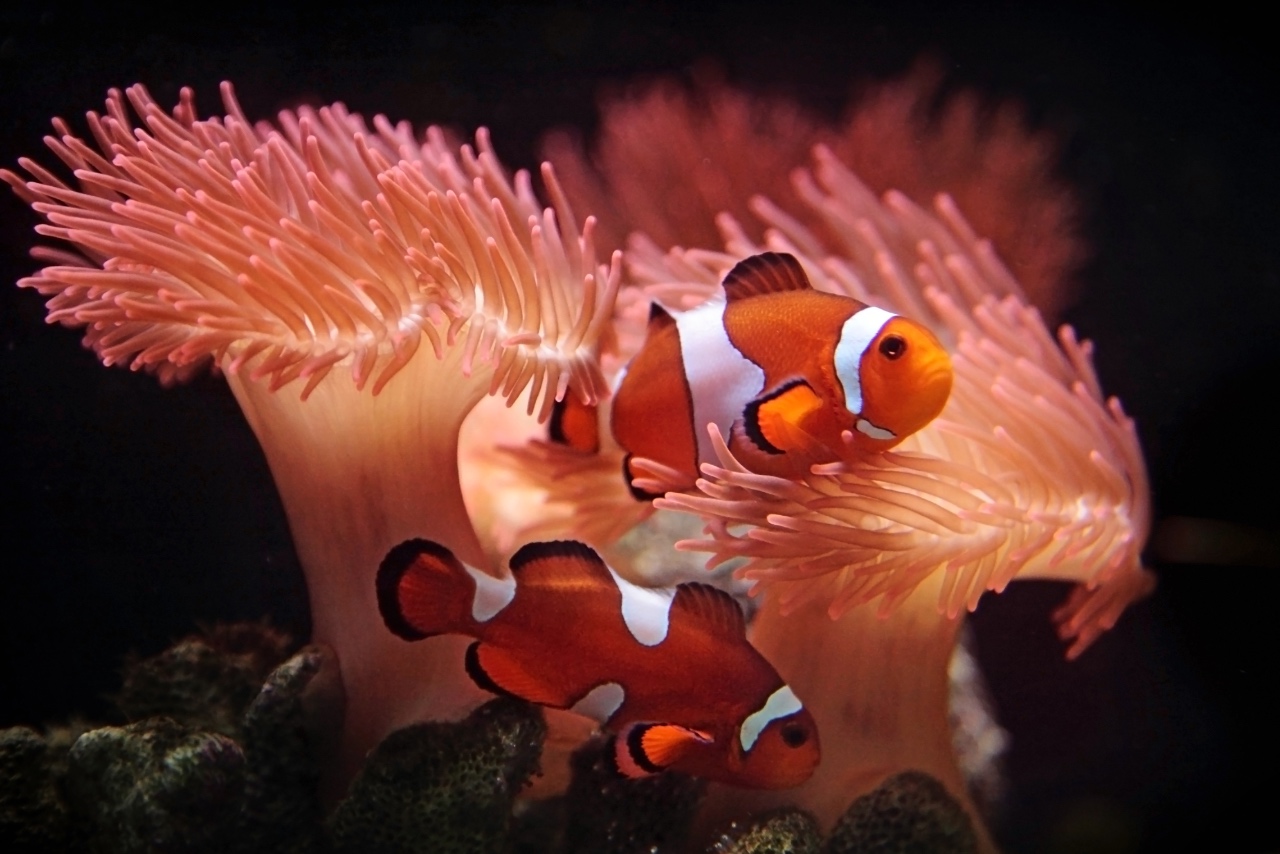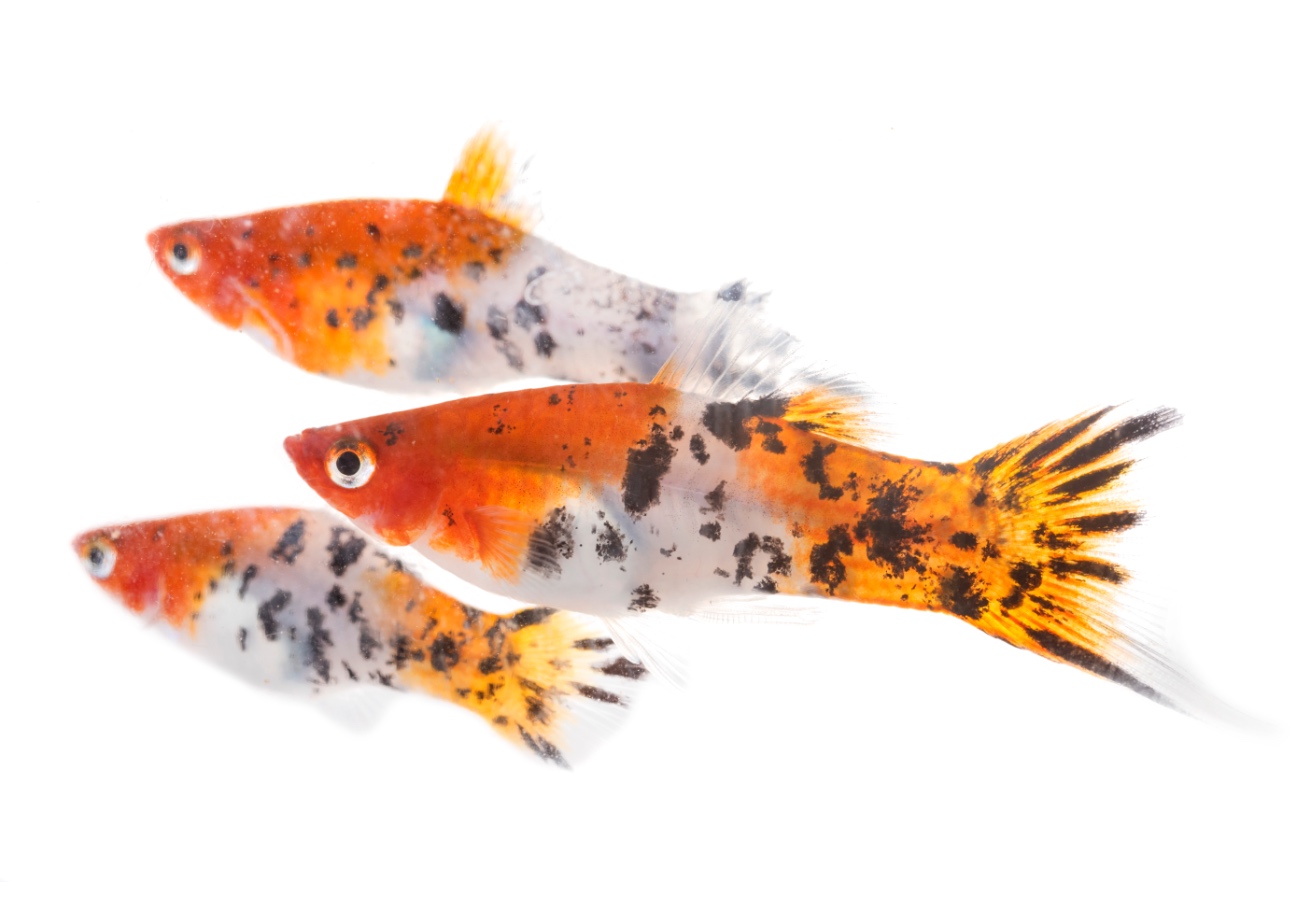When we discuss freshwater fishes, then nobody forgets to enlist Molly fish.
Mollyfish is the most common fish that I am sure everyone has seen once at some point. Mollies are easy to maintain and care for and are beautiful.
Even a beginner can start a fish-keeping hobby with these non-aggressive fish. They are active and available in all shapes and colors.
Mollies will add color and variety to your tank. They are also famous for their unique behavior and personality. Watching them swim will help reduce anxiety and keep engaged to them.
Here, we are going to discuss everything about Mollies, from their behavior to how to breed them. But before that, take a brief look at the table.
| Category | Rating |
|---|---|
| Family | Poeciliidae |
| Temperament | Peaceful |
| Diet | Omnivores |
| Color Form | Various |
| Size | Up to 4.5 inches |
| Lifespan | Up to 5 years |
| Care Level | Easy |
| Tank Set-Up | Freshwater, planted tank |
| Compatibility | Peaceful community aquarium |
| Minimum Tank Size | 10 gallons |
Molly Fish Overview

Mollies, from the family Poeciliidaae, are native to America and are the most commonly found fish. They belong to the Poecilia genus, which has 40 different species. Except for Endler livebearer, all 39 are Mollies.
They are hardy and easy to breed. Like guppies, they are livebearers, giving birth to their young directly into the water.
Mollies are non-aggressive, so it’s easy to keep them in the community tank. You can even start your fish-keeping hobby with a group of Mollies, as they are not that costly. You can buy them for $2-$4, but the rare species can cost more. They are readily available in all pet stores.
If kept healthy and with constant water conditions, they can live up to 5 years.
Molly Fish Behavior
They are famous for their peaceful behaviors, but they can get aggressive if kept in an overcrowded tank or with aggressive mates. Make sure there is ample space for them or other fish to swim and that the temperament of other fish matches theirs.
Mollies are social and like to be in a group, but the shoal should have more females than males. The males can stress and harass the females.
Once you see the differences in their personalities, you will automatically find yourself attached to them.
Molly Fish Types and Appearances
Mollyfish come in varieties. While they share some characteristics with Common Molly (Poecilia sphenops), they differ in color, size, and shape.
The common Molly can be easily recognized by its flat body with a wide abdomen area. Some dorsal fins are like causal fins in the shape of a fan, while others flatter against the body.
The anal fin of the female Molly is spread into fans, whereas that of males is pointy. The fins can be either transparent or colorful.
The females are bigger in size, usually 4-5 inches, whereas the males are shorter, usually 3 inches.
As we discussed earlier, there are different types of Mollies. The following are the most commonly found and famous Molly –
Lyretail Molly Fish
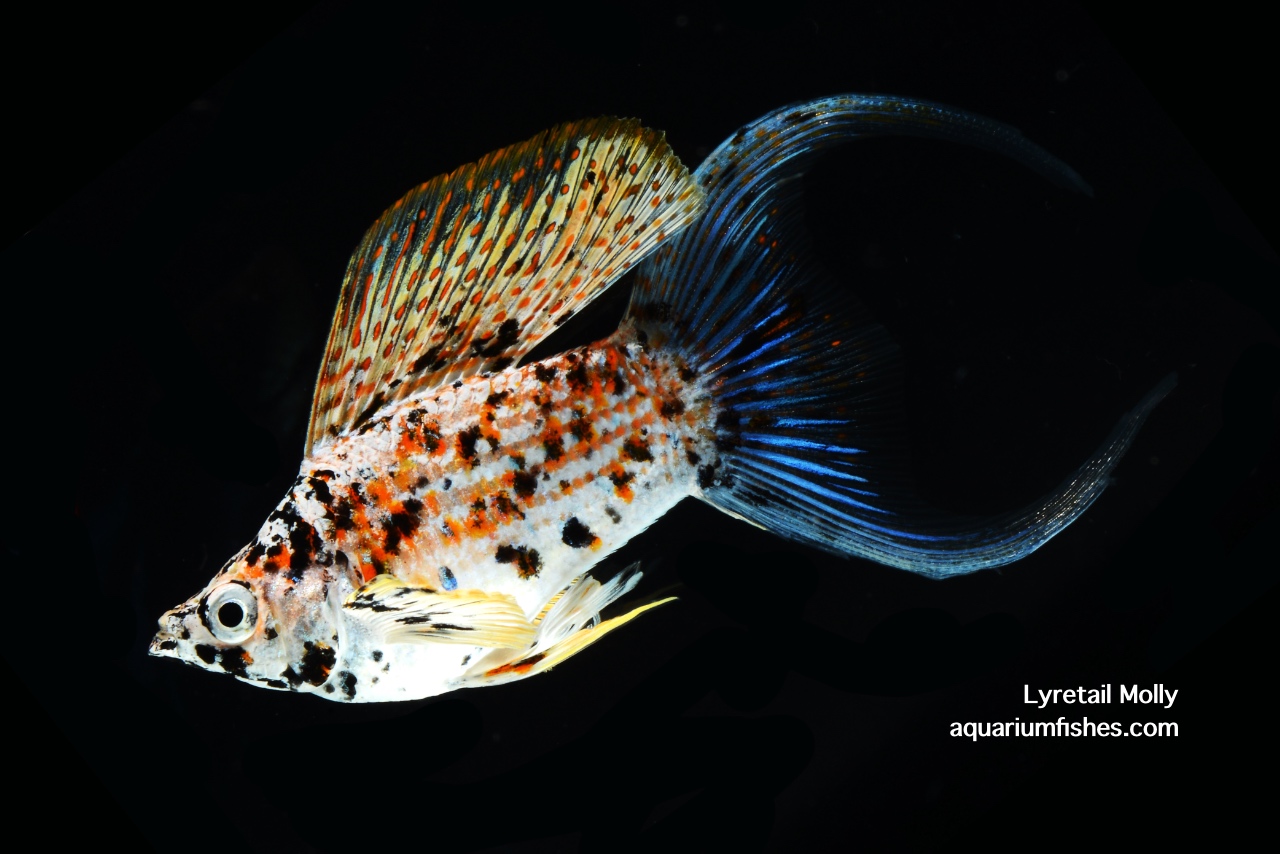
This species is easily recognized by its caudal fin, which has a narrow top and bottom that drag behind its body.
Sailfin Molly Fish

This species of Molly is recognized by its large dorsal fins, which start behind the head and end at the caudal fin. These fins come in many colors and patterns.
Black Molly Fish
This species is similar to Common Molly except for its body, which is covered in black color.
Other famous species of Molly include Balloon, White, Red, Orange, and Dalmatian.
Balloon Molly Fish

White Silver Molly Fish

Red Molly Fish

Orange Molly Fish
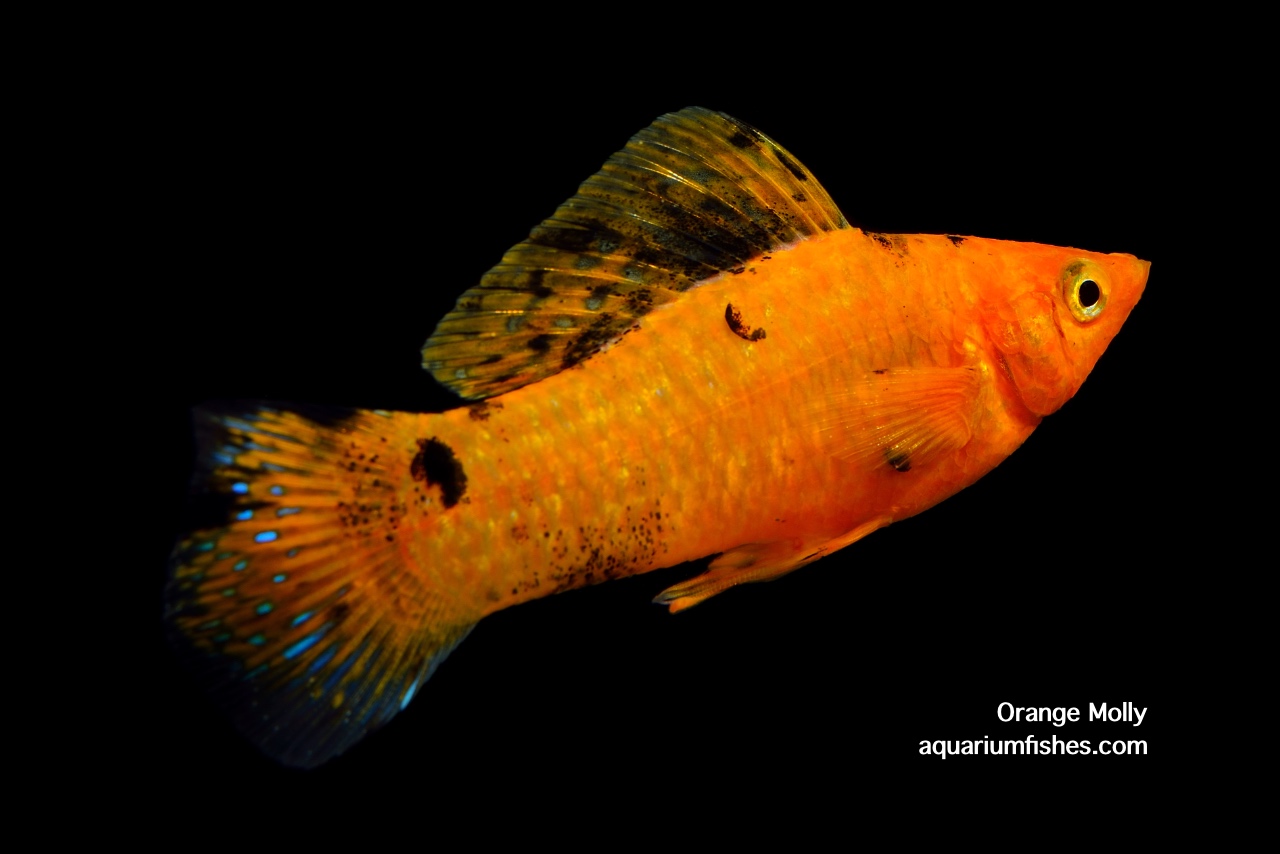
Dalmatian Molly Fish
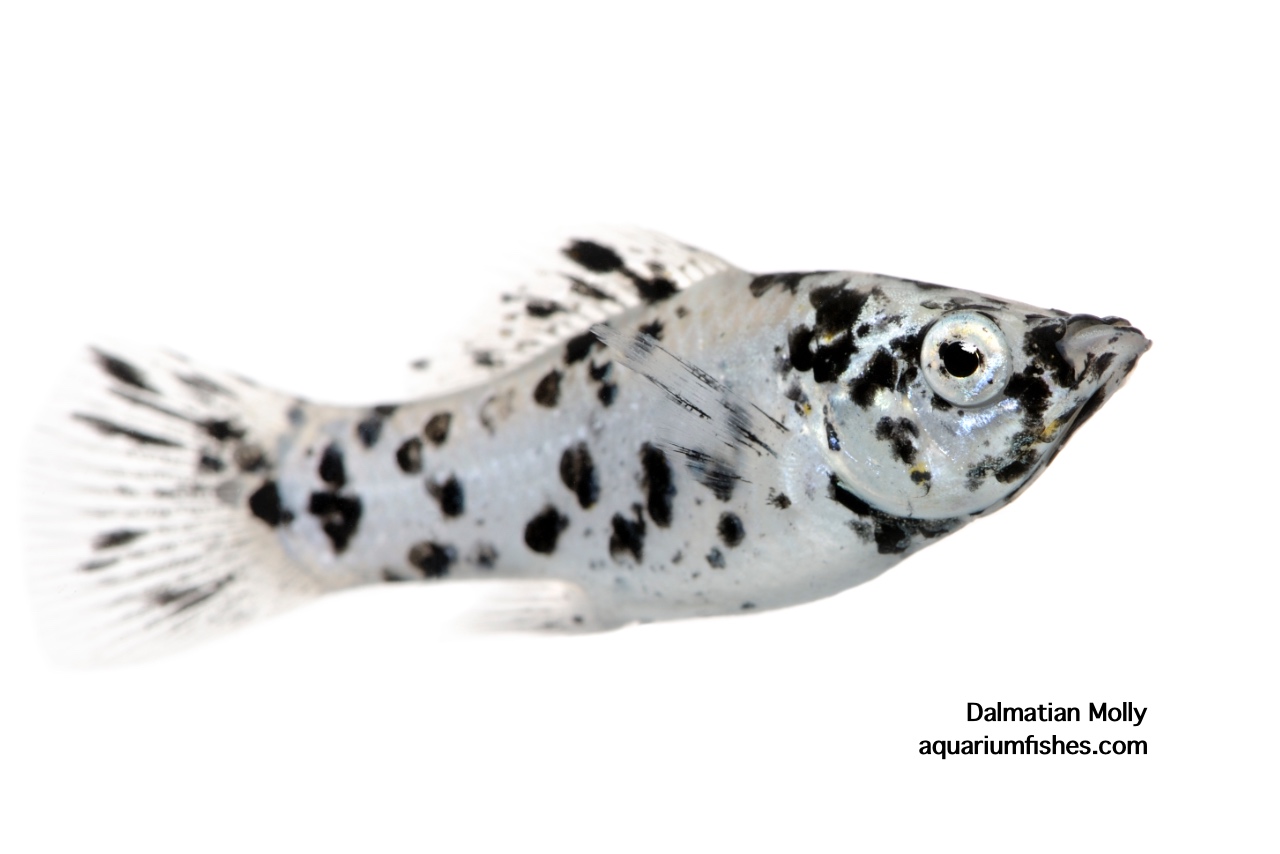
Molly Fish Tank Setup
Habitat and tank conditions
The Mollies are hardy as their habitat varies in the wild. They have developed a tolerance for high hydrogen sulfide levels and brackish water. They are usually found in rivers and streams across South and North America.
The tank conditions suitable for Mollies can be understood through the below table –
| Conditions | Parameters |
|---|---|
| Temperature | 72-78°F |
| pH | 6.7 to 8.5 |
| Hardness | 20-30 KH |
You must maintain the same water conditions as their natural habitat. The best part is that you don’t have to maintain different conditions for different species of Molly.
They are habitual to the tropical climate. It is important to maintain the water temperature and provide ample lighting in their tank. You can place a thermometer at one corner of the tank and a heater to do this.
They live in streams and rivers, so make sure there is a little flow in the water, too. The filter outlet itself can easily achieve this. You can choose any plant and substrate. But we recommend using tall plants as they are middle swimmers. They also need a lot of hiding space for shelter and breeding.
Use fine-grained substrates, as they will help you hold the plants in the water. Also, use rocks, caves, and crevices for decoration. This will also help the fish hide if other fish cause stress or harass them.
If you are planning to keep only Mollies in the tank, you can add a little brackish water as well. However, in a community tank, it can affect the health of other fish.
What is Molly’s minimum tank size?
A single Common Molly and other species of its size need a 10-gallon capacity aquarium. You can add 3 gallons per Molly to the tank, which will give them enough space to swim without feeling overcrowded.
In contrast, large species like Sailfins need at least 30 gallons of tank.
Molly Tank Mates
We have already learned everything about Molly’s behavior. They are peaceful and can be easily kept with other non-aggressive fish.
The best molly fish tank mates are – Rosy Barbs, Cherry Barbs, Danios, Zebra Loaches, Harlequin Rasbora, Corydoras Catfish, Yo-yo Loaches, Tetras, Platies, Dwarf Gourami, etc.

Other non-fish mates, such as shrimp and snails, will live happily with them and go mostly unnoticed.
Never put Cichlids with Mollies. Cichlids are aggressive. They will eat or harass your Mollies. Any fish that are bigger or non-aggressive should be avoided at any cost. The only species of Cichlids that can live peacefully with them is Angelfish.
Mollies are famous for their social behavior. In the wild, they usually stay in a group, so keeping mollies in a group is the best way to maintain variety and make the aquarium look colorful.
While making a group, make sure it is either all females or that their number is more than that of males. The males are notorious for harassing them.
What Do Mollies Eat?
Mollies are habitual of living in different habitats, so feeding them won’t take much effort from you. Mollies are omnivores, so they will eat whatever you feed them. In the wild, they usually feed on invertebrates and algae or plants.
What to feed molly fish?
Algae constitute the basis of Molly’s diet. Still, they should be fed other things as well to maintain variety in their diet and avoid nutrient deficiency. You can also feed them vegetables like spinach, lettuce, and zucchini by breaking or mashing them into small pieces.
You can also supplement premade food like flakes and pellets with other foods. They will maintain the nutrition level in their body and keep them healthy. In a non-vegetarian diet, you can include live or frozen food like brine shrimp, bloodworms, etc.
Feeding twice a day is enough, but make sure they are neither underfed nor overfed. Both conditions are harmful to them. Feed only the amount they can finish in two minutes. This is a universal rule for feeding any small fish like Mollies.
Molly Fish Care Guide
Mollies are easily adaptable to different natural environments and conditions. This is because they are present in a wide range of habitats. The first and foremost things to keep in mind are consistent water conditions and a clean tank.
You should know how to clean the tank effectively, and the level of nitrites and ammonia should be minimal.
Poor water conditions and an unclean tank can give rise to many diseases. Molly disease, also known as livebearer disease or shimmies, is a common condition found in Mollies. The common sign for this condition mainly includes less activity in them, like shimmying or wiggling in one place.
If you see this, check the water conditions and correct the issues. Once the conditions are back to normal, the fish’s health will also gradually improve.
Apart from this condition, they can also get an itch or fungus infection. This is quite common in freshwater fish. The diseases can easily be cured if spotted on time. So always observe their activities, and if you see anything strange, consult a doctor.
Clean the tank every one or two weeks and use only 25% water. This will keep toxins to a lower level and maintain the water conditions.
Breeding Mollies
Mollies are one of the species of fish that are easy to breed as they mate regularly.
They are livebearers, and the eggs are produced inside their bodies. When the time comes, they give birth to their young ones directly in the water.
Mollies usually become sexually mature in six months for females and twelve months for males. If you are planning to breed Mollies, make sure the water conditions are constant and avoid making any changes or adding any new mates to the tank.
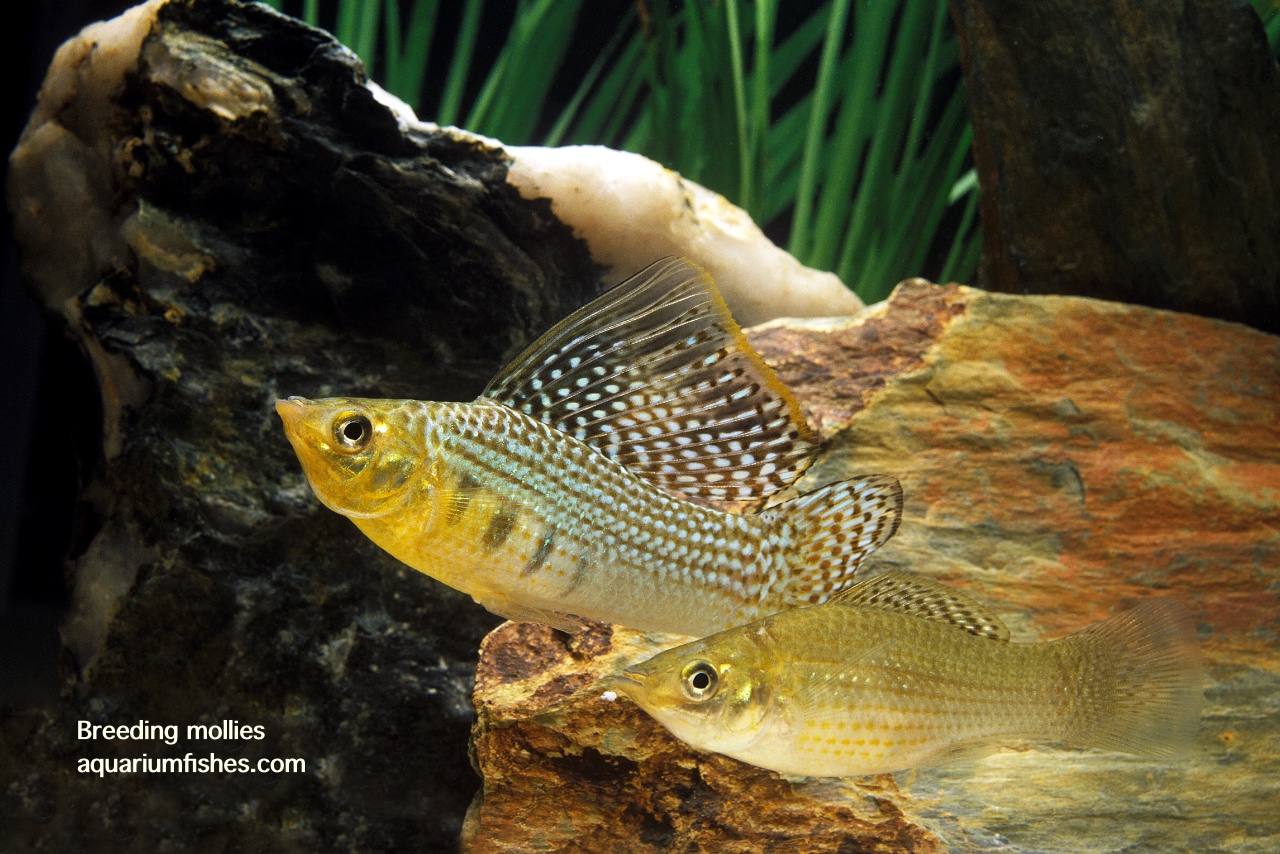
How to breed mollies?
The males attract female Molly through courting rituals. The females choose the male with flowing majestic fins and the brightest appearance. Once the female allows the male to mate, the male fertilizes the egg. After fertilization, you can put the female in another tank as the male’s activity can distress pregnancy.
It takes eggs 35-45 days to hatch. A healthy and big female Molly can give birth to 100 fries at once. Make sure the water conditions of the breeding tank are similar to those of the main tank. Inconsistent conditions can cause stress and result in miscarriage.
After the fries come from their mother, you should put the female back into the main tank. This is important so that she can eat her fries.
The young ones need care and a lot of protein. You can feed them flakes after smashing or breaking them into smaller pieces. Once they reach maturity, you can put them back in the main tank and feed them the same food as adults.
FAQs on breeding mollies
Q: How can pregnancy be spotted in female Molly?
Ans: The abdomen area of Molly looks swollen, and its color changes a little when pregnant. With time, their body gets bigger. When you spot pregnancy, separate the female Molly from the main tank.
Q: What other alternative can I use instead of having a breeding tank?
Ans: You can use the breeding net. It will keep the female separate from the rest of the fishes. After birth, the fries can easily swim out of the holes of the net, leaving their parents inside.
Should You Keep Molly Fish?
Mollies are non-aggressive freshwater fishes. They are easy to care for, don’t need high maintenance, and even cost less than any other fish. They are easy to breed as well.
They will add beauty and variety to your tank, making them the perfect choice for a beginner to start a fish-keeping hobby. The right water conditions, the right tank mates, and cleanliness are all they need to be healthy and happy.
They are omnivores, so you can easily add a variety of food to their diet.
What characteristics do you like most about them? Are you planning to have them? Let us know.

